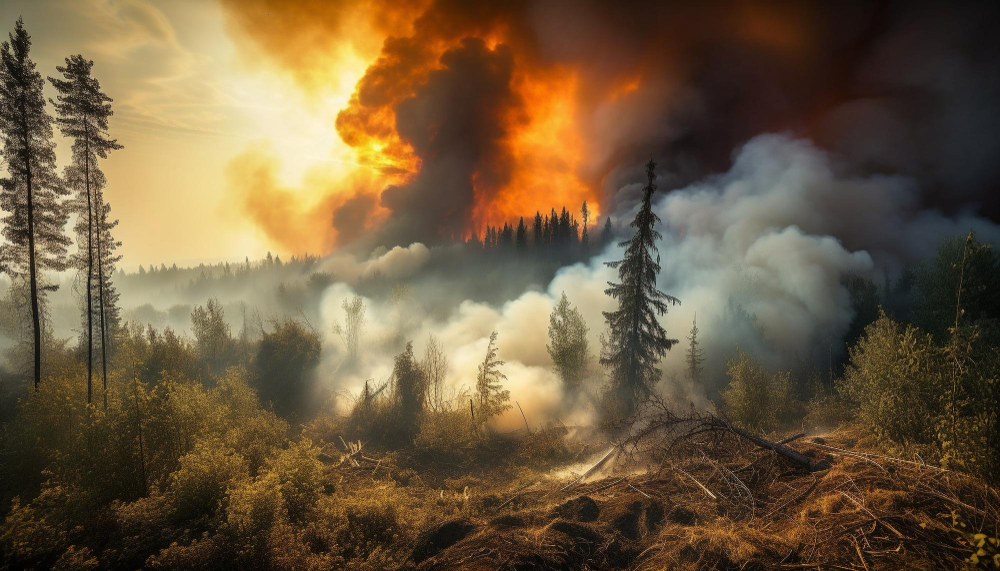#1: Stay Informed
Stay updated on wildfire alerts and information from local news, fire departments, or emergency management agencies. Monitor weather conditions, fire danger ratings, and evacuation orders. Act promptly and take immediate action when a wildfire warning is issued.
#2: Create an Emergency Plan
Develop an emergency plan that includes evacuation routes, designated meeting points, and contact information for family members or friends. Prepare an emergency kit with essential supplies like non-perishable food, water, medications, batteries, flashlights, and important documents.
#3: Stay Alert to Signs of Fire
Be vigilant and watch for signs of nearby fires, such as smoke, the smell of burning, or ash falling from the sky. Pay attention to official announcements and emergency alerts. If you spot a wildfire, report it to authorities immediately.
#4: Follow Evacuation Orders
If authorities issue an evacuation order for your area, follow it promptly. Do not wait until the last minute. Gather your emergency kit and necessary belongings. Close windows and doors, and turn off gas, electricity, and any flammable appliances.
#5: Leave Early if Possible
If you are in an area at risk of wildfire and conditions worsen, consider evacuating early, even if no official order has been issued. Leaving early reduces the risk of being trapped or caught in dangerous conditions. Remember, property can be replaced, but lives cannot.
#6: Stay Informed on Evacuation Routes
Familiarize yourself with evacuation routes in your area before a wildfire occurs. Plan multiple routes in case some are blocked or impassable. Follow the instructions of local authorities and avoid shortcuts that could lead to hazardous areas.
#7: Protect Your Home
If time permits, take measures to protect your home from wildfire. Clear away flammable materials from around your property, including dry vegetation, debris, and woodpiles. Close windows, vents, and doors to prevent embers from entering. Fill water containers and connect hoses for firefighting efforts.
#8: Stay Calm and Follow Instructions
During a wildfire, stay calm and follow instructions from emergency responders and authorities. Do not return to an evacuated area until it has been deemed safe to do so. Listen to updates on the status of the fire and any changes in evacuation orders.
#9: Stay Indoors if Trapped
If you are unable to evacuate and become trapped indoors, seek shelter in a room with minimal exterior openings, such as windows and doors. Close all windows and doors, and seal gaps with wet towels or duct tape to keep smoke out. Call for help and signal your location if possible.
#10: Avoid Smoke and Stay Low
If you must be outdoors during a wildfire, avoid inhaling smoke by covering your nose and mouth with a damp cloth or mask. Stay as low to the ground as possible, where the air is less smoky and easier to breathe.
#11: Assist Others if Safe
If you are able to do so safely, check on neighbors or others who may need assistance. Offer help or alert authorities if necessary. Be cautious of potential dangers and prioritize your safety at all times.
#12: Take Care of Emotional Well-being
Experiencing a wildfire can be traumatic. Reach out to friends, family, or support organizations for emotional support and guidance. Take care of your emotional well-being during the recovery process.
By following these numbered steps, you can increase your chances of staying safe during a wildfire. Remember, your safety should always be the top priority. Stay informed, stay vigilant, and stay prepared in the face of this powerful natural disaster.
